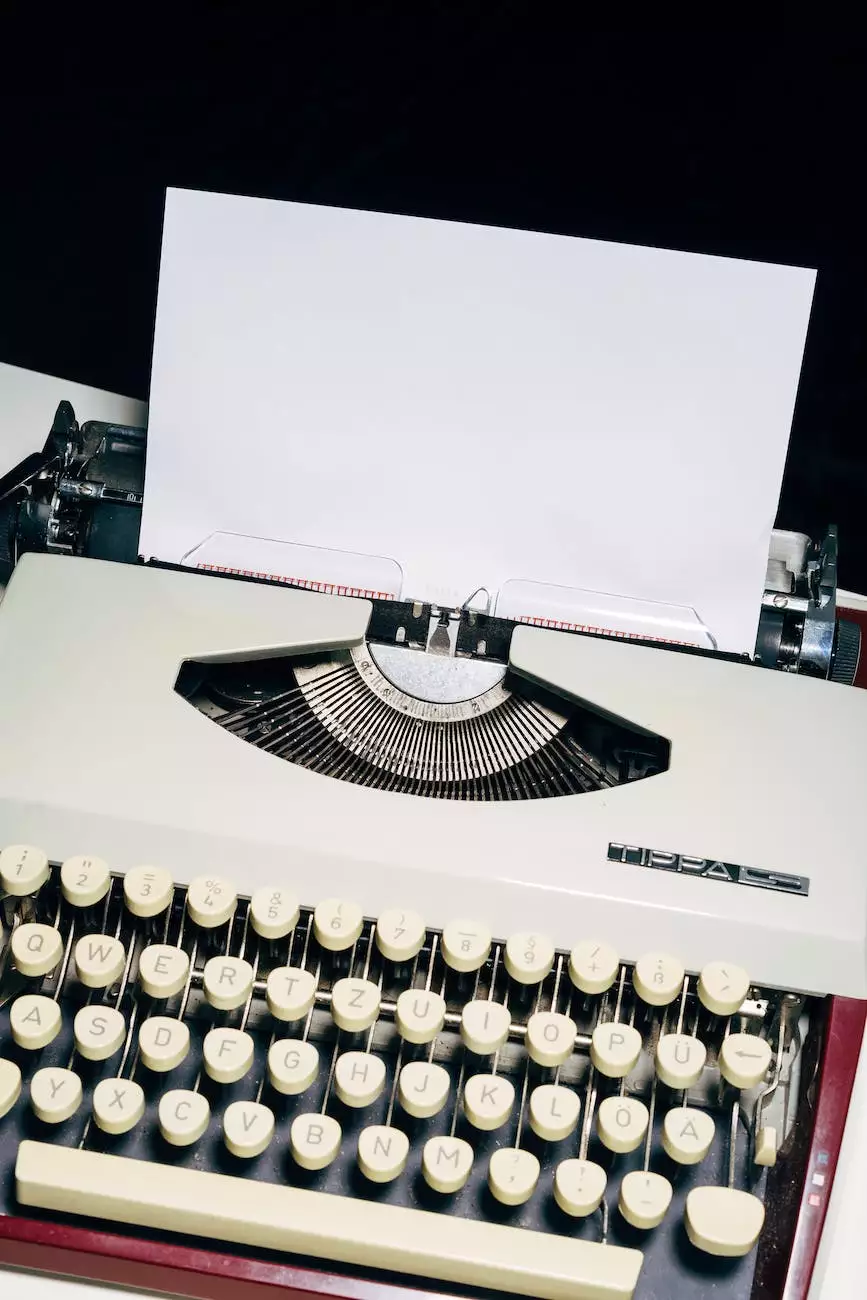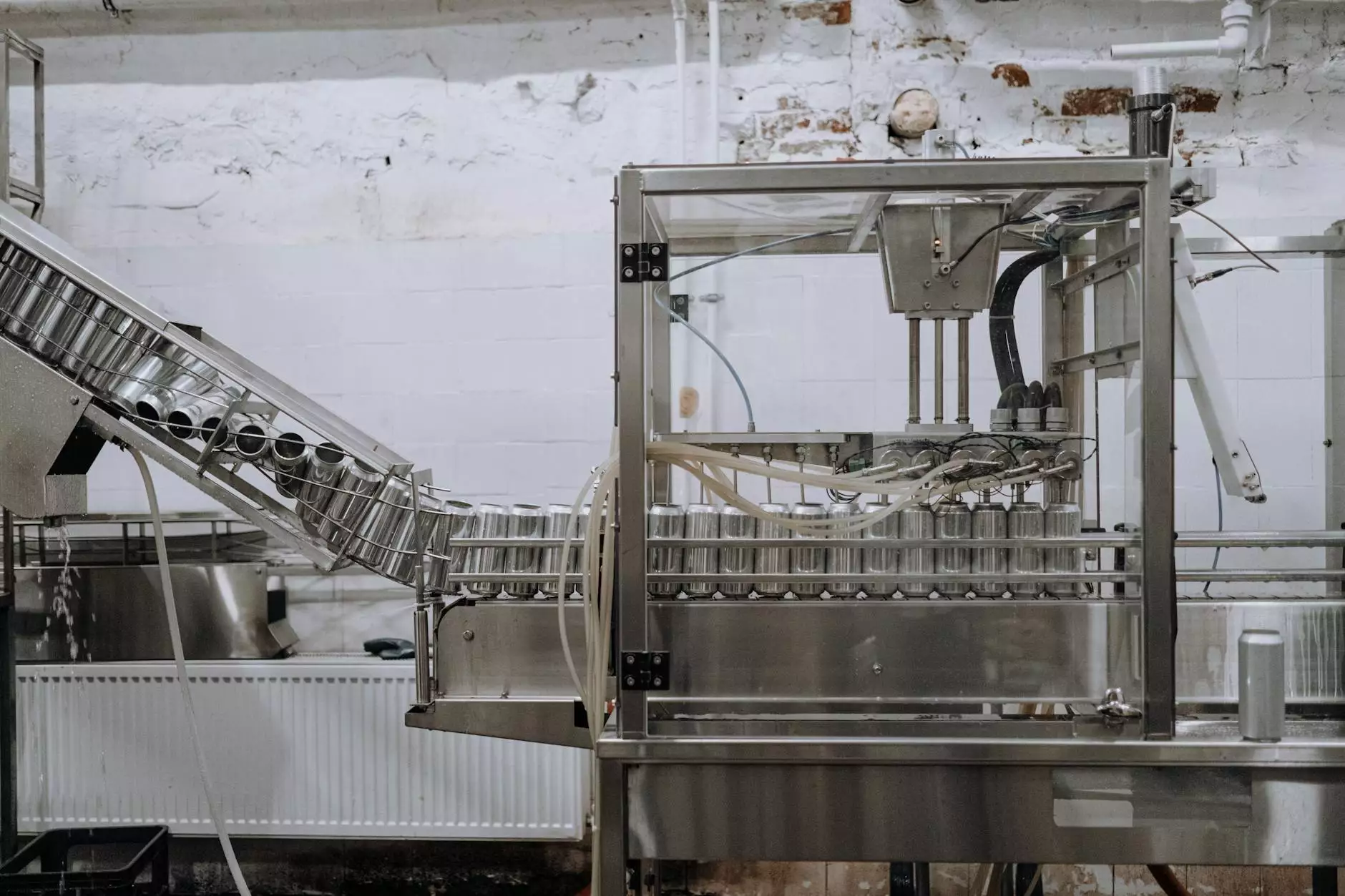History of the Pencil and Eraser

The Origin of the Pencil
The pencil, a timeless writing instrument that has stood the test of time, has a history as rich and fascinating as its lead core. The origin of the modern pencil can be traced back to the 16th century, where its humble beginnings can be found in the discovery of a naturally occurring material called graphite.
Graphite, a form of carbon, was initially mistaken for a form of lead due to its similar properties. The discovery of a graphite deposit in Borrowdale, England in the mid-16th century led to the development of the first pencil-like instruments. Initially, these early pencils consisted of graphite sticks wrapped in string or sheepskin to provide structural support and improve handling.
The Evolution of the Pencil
As the demand for graphite-based writing instruments grew, innovators sought ways to enhance the pencil's design and functionality. In the 18th century, the casing of the pencil underwent significant transformations. A major breakthrough occurred when a method for encasing graphite inside a wooden barrel was developed, providing a more durable and convenient writing tool.
The iconic hexagonal shape that we associate with traditional pencils was introduced in the early 19th century, ensuring stability and preventing the pencil from rolling off surfaces. This design innovation revolutionized the pencil industry and became the standard for pencil production worldwide.
In the late 19th century, mechanical pencils emerged as an alternative to traditional wooden pencils. These mechanical marvels allowed users to extend and retract the graphite core with ease. With various advancements in mechanical pencil technology, they have become a popular choice for users seeking a more precise and long-lasting writing experience.
The Birth of the Eraser
No history of the pencil would be complete without mentioning its faithful companion, the eraser. In the early days of graphite writing, mistakes were often rectified by rubbing the marks with bread crumbs or natural rubber. However, these methods were imprecise and often resulted in smudges or damaged paper surfaces.
The modern eraser as we know it today can be attributed to the creativity and innovation of Joseph Priestley, a British chemist, and engineer. In the late 18th century, Priestley discovered that a substance called "caoutchouc" or natural rubber had the remarkable ability to remove graphite marks effectively without damaging the writing surface.
Priestley's discovery paved the way for advancements in eraser technology. Erasers soon evolved from simple rubber blocks to more efficient and precise tools specifically designed to remove graphite markings. Today, erasers come in various shapes and sizes, including handheld erasers, eraser caps, and even erasers incorporated into mechanical pencils.
The Significance of Pencils and Erasers
The pencil and eraser hold significant importance in various realms of life. From artistic creations to everyday note-taking and detailing, these writing tools have been instrumental in shaping our human experiences. Pencils serve as a medium for self-expression and creativity, allowing artists to bring their visions to life on paper.
Furthermore, pencils have proven to be steadfast companions in academic settings, providing students and educators with the means to illustrate concepts, solve problems, and mark down thoughts along their educational journeys. The simplicity and versatility of pencils have solidified their place as essential writing instruments in countless industries and professions.
Erasers, on the other hand, offer a sense of reassurance and the opportunity to correct mistakes. In addition to their practical functionality, erasers symbolize the importance of learning from errors and embracing second chances. The ability to erase and start anew fosters personal growth and encourages continuous improvement.
Conclusion
The history of the pencil and eraser is a testament to human ingenuity and the relentless pursuit of improvement. From the discovery of graphite to the development of advanced pencil designs, these essential writing tools have played a vital role in shaping the way we communicate and express ourselves.
Roxanne Weber, VOA, a leading business and consumer services website development company, is proud to bring you the enthralling history of the pencil and eraser. As experts in website development, we understand the significance of effectively conveying information and captivating audiences. Contact us today to discover how we can help your business make its mark online!









